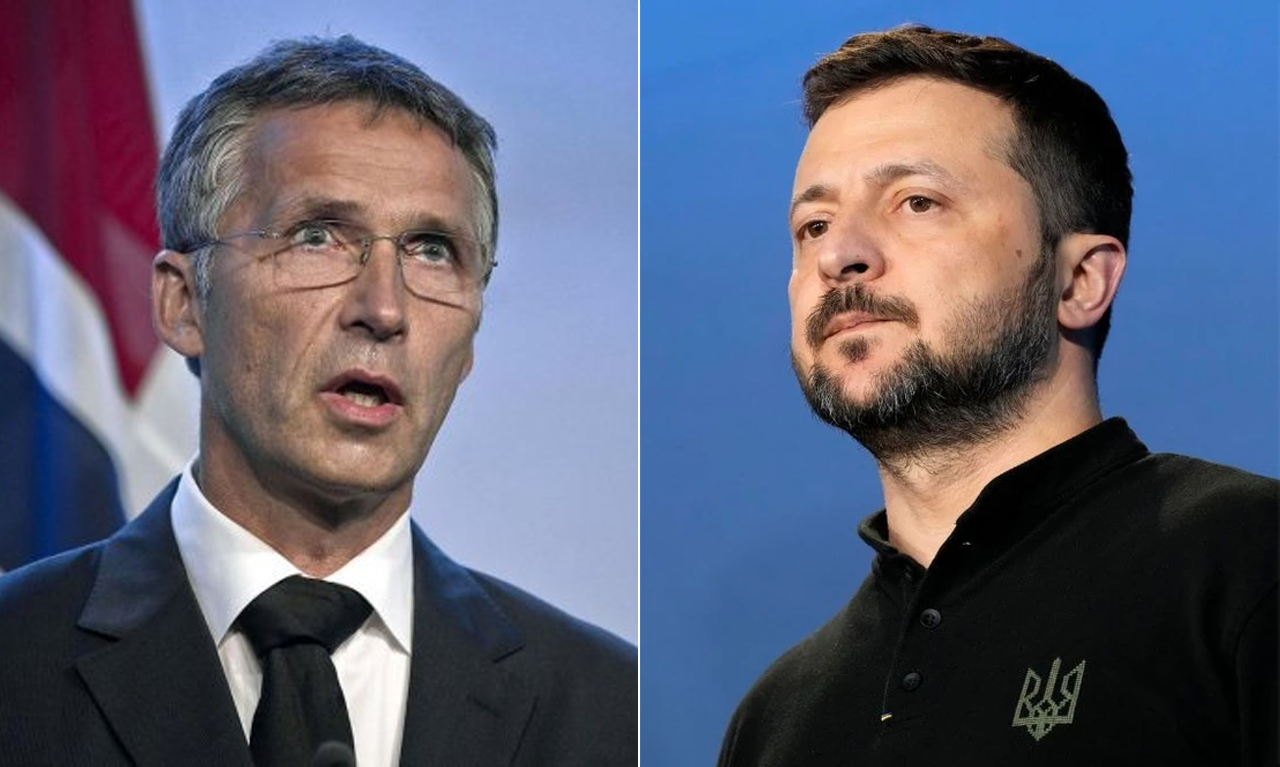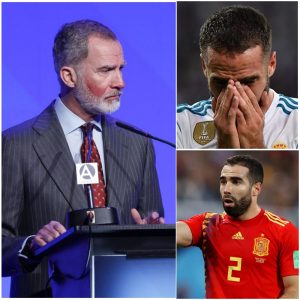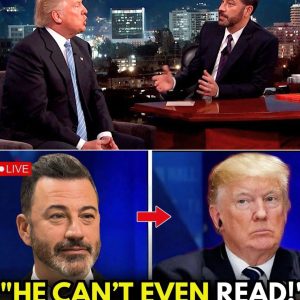LATEST NEWS: Just one hour ago, the world was shaken by an announcement from what is now being referred to as “NATO 2.0,” a reinvigorated and restructured military coalition vowing that if Russian President Vladimir Putin refuses to give in, they will directly align with Ukraine and President Volodymyr Zelensky in a sweeping military and political campaign. The statement, sharp and uncompromising, suggests that the patience of Western allies is wearing dangerously thin.
This announcement marks a significant shift from the cautious, calculated language NATO has used over the past two years since Russia’s invasion of Ukraine. While the original NATO framework has operated with a degree of restraint—avoiding direct military confrontation with Russia to prevent escalation into a global conflict—NATO 2.0 signals something far bolder. Its leaders now suggest that the days of simply arming Ukraine from the sidelines are coming to an end. Instead, the West is preparing for a new phase that could fundamentally alter the war.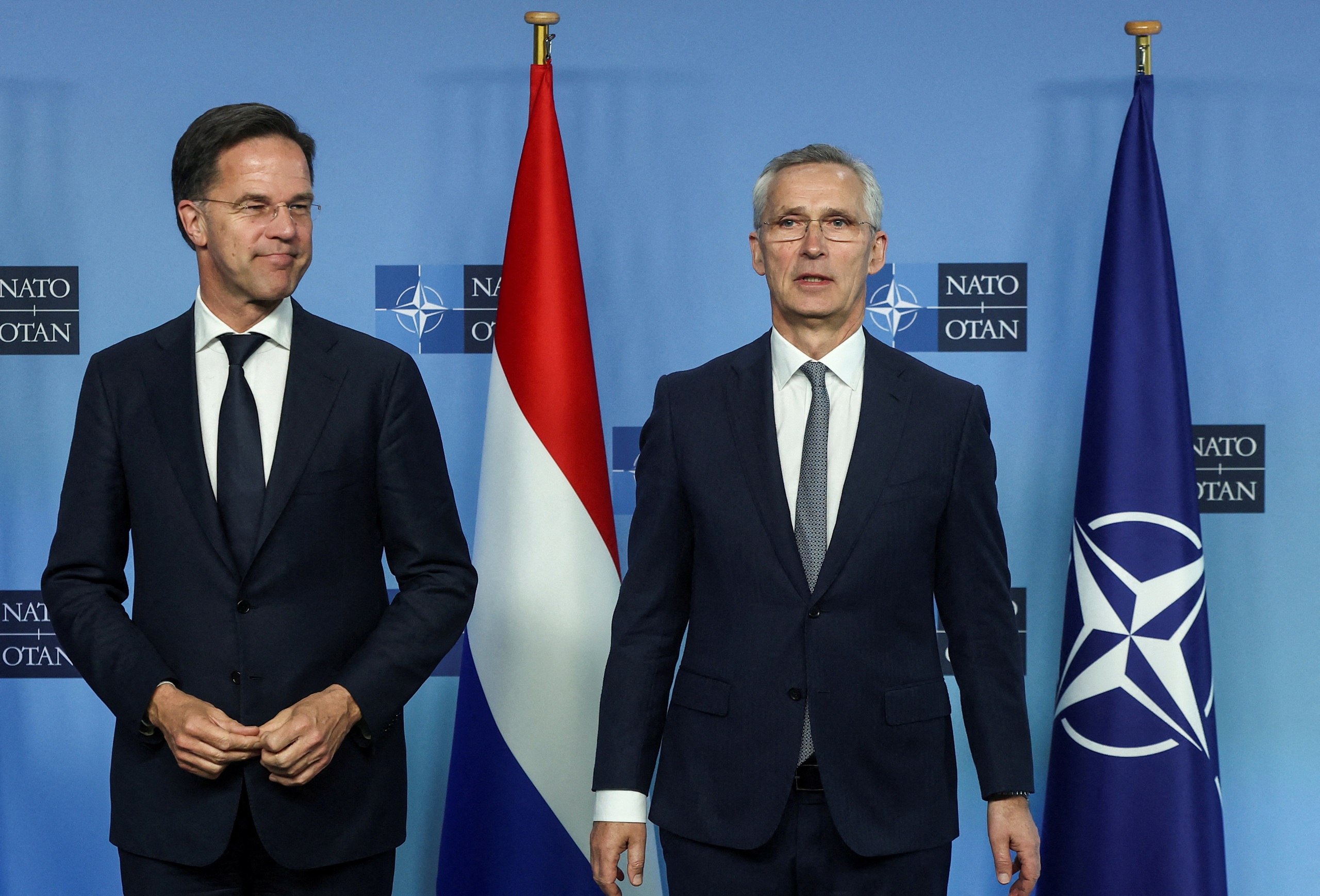
The phrase “sweeping response” has been the subject of intense speculation. Does it imply full-scale deployment of NATO troops into Ukrainian territory? A no-fly zone imposed against Russian aircraft? Or perhaps crippling cyber warfare and economic sanctions designed to destabilize the Kremlin? Officials have remained intentionally vague, and that ambiguity only fuels both hope and fear.
For Zelensky, this announcement is nothing short of a lifeline. The Ukrainian president has long demanded stronger and faster commitments from his Western partners, often expressing frustration at the hesitations and political wrangling inside Europe and the United States. His government has been battered not only by Russian forces but also by the psychological strain of feeling left to fight alone. Now, with NATO 2.0 openly stating its willingness to step in alongside Ukraine, Zelensky finds himself holding a much stronger card at the negotiating table.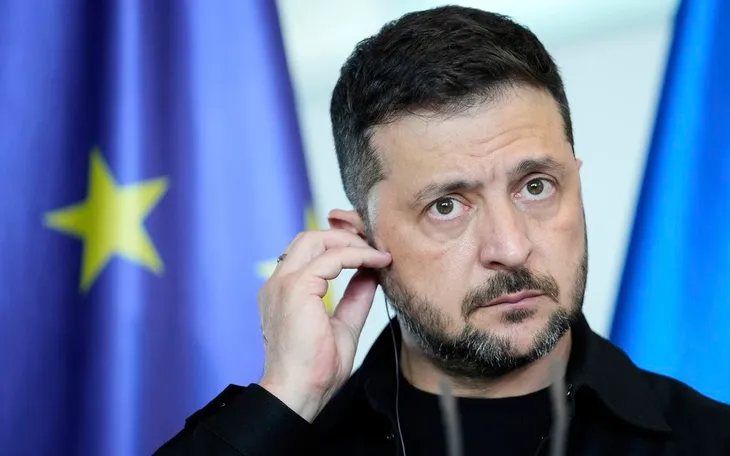
On the other side, Putin is cornered but defiant. For months, he has projected confidence, insisting that Russia will not back down. Yet NATO’s new declaration puts him in a dangerous bind. To retreat now would look like a humiliating defeat, shattering his carefully crafted image of strength. But to push forward against a coalition openly preparing to confront him risks disaster on a scale unseen in decades. If NATO 2.0 truly translates its words into actions, Putin would no longer be fighting a single country—he would be facing a united front that dwarfs Russia’s military and economic capacity.
Reactions around the globe have been mixed. Some leaders welcomed the announcement, calling it a necessary escalation after years of Russian aggression and brutality. Others warned that such a move risks igniting World War III. China, unsurprisingly, condemned NATO 2.0’s statement, accusing the West of warmongering and escalating tensions. Meanwhile, nations in Eastern Europe, who have long felt most threatened by Russia’s expansionist policies, reportedly cheered behind closed doors. For Poland, the Baltic states, and even Finland—who only recently joined NATO—the idea of a stronger, more aggressive coalition is exactly what they have demanded for years.
Public reaction has also been divided. Ukrainians poured into the streets waving both their national flag and NATO banners, celebrating what they see as a long-overdue commitment. But in the West, many ordinary citizens remain skeptical. After two decades of wars in Afghanistan and Iraq, public appetite for another prolonged conflict is low. Critics argue that while NATO 2.0’s words sound powerful, the reality of sending troops, risking lives, and potentially sparking a nuclear confrontation is far more complicated.
The language of “NATO 2.0” itself is telling. This is not the traditional NATO that many grew accustomed to—a cautious alliance rooted in deterrence and bureaucratic decision-making. Instead, this is a NATO rebranded, reshaped by urgency, and willing to present itself as an active combatant rather than a distant supporter. The term is being embraced by politicians, military strategists, and even media outlets, signaling that this is not merely rhetoric but a genuine transformation in the alliance’s identity.
The question now is whether Putin will take the warning seriously. In the past, he has gambled on the West’s division and hesitation, betting that internal disagreements would prevent any unified action. That gamble may now be collapsing. NATO 2.0, if it proves real, represents something far more dangerous for Moscow: unity backed by the threat of direct confrontation.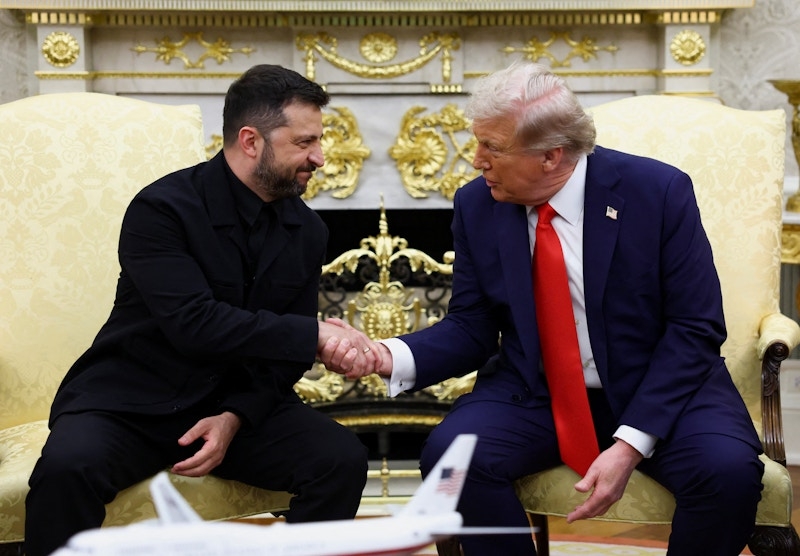
Still, the world waits nervously. A “sweeping response” could mean anything from troop deployments to advanced weapons systems to covert cyber offensives. Whatever form it takes, it has already escalated the psychological battlefield. Putin must now weigh whether his aggression in Ukraine is worth risking open war with the world’s most powerful military coalition.
For Zelensky, this is a moment of vindication. For Putin, it is a moment of reckoning. And for the rest of the world, it may be the point where the balance tips—toward peace through overwhelming deterrence or toward a catastrophic escalation. NATO 2.0 has drawn its line in the sand. The only question now is whether Putin dares to cross it.
